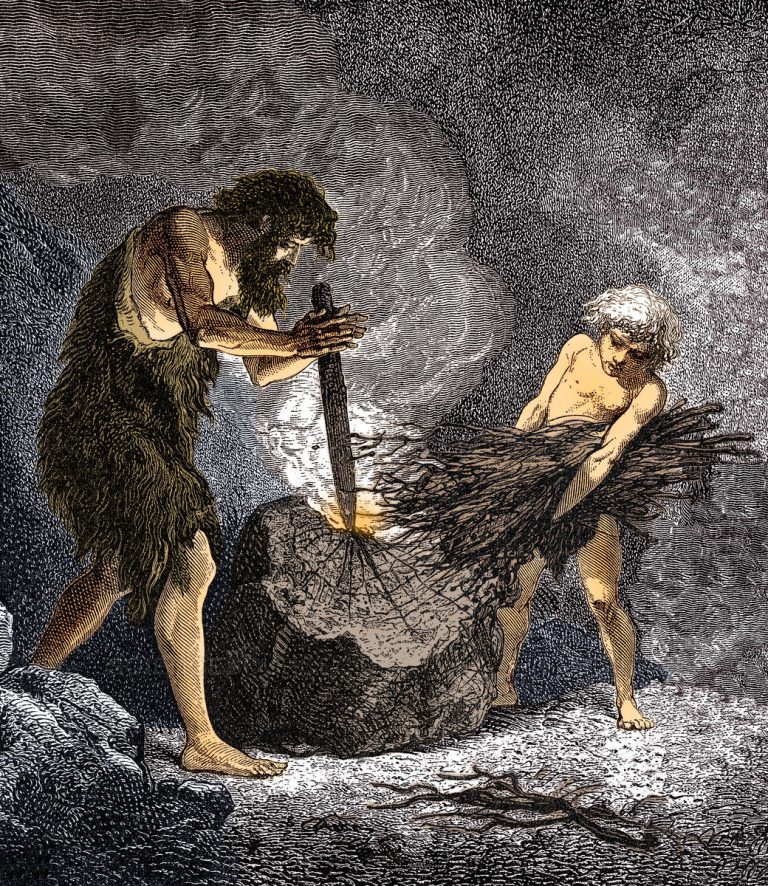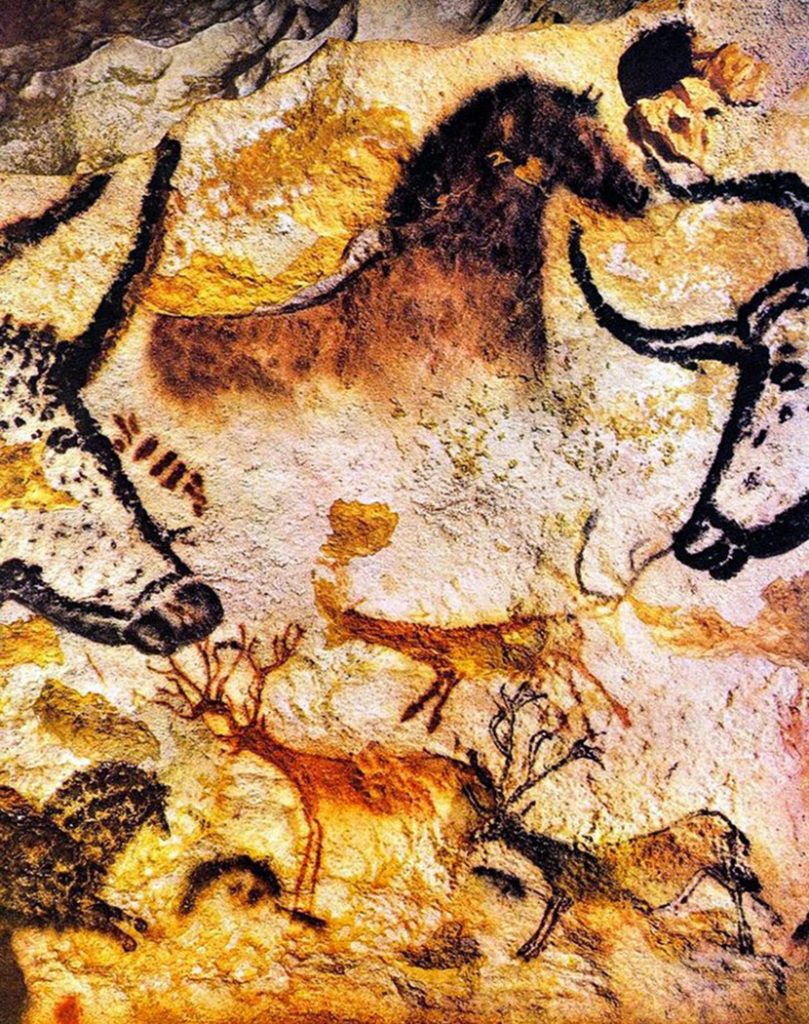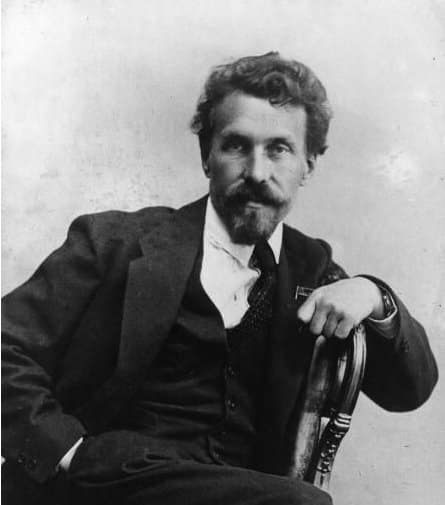What is the Ice Age (Ice Age – Pleistocene Age)? How did people live?
The air of the earth is always changing. For the past two million years, the heat of the planet has moved up and down. A series of hot periods occurred between the Cold Ice Age periods.
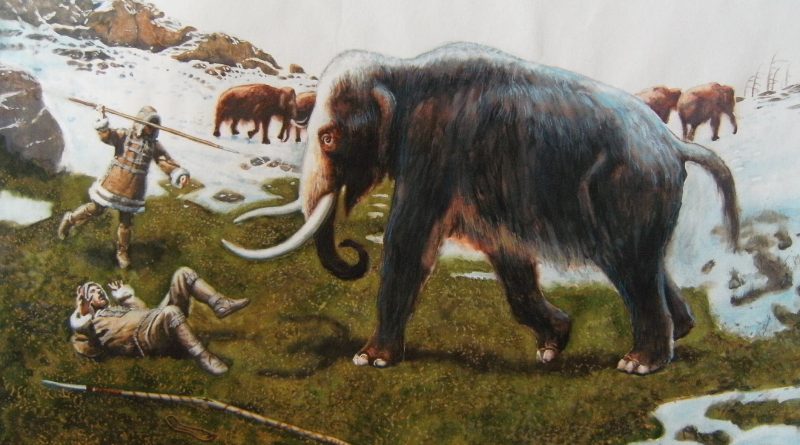
The last of the Ice Age, BC. It reached a peak of around 18,000. This peak period (30,000-12,000 BC) is so important in human history that it is always known as the Ice Age or the Ice Age. People had spread to much of the world at the beginning of the last Ice Age.
During this period, layers of ice descended from the north, covering large areas of the earth. Regions such as Scandinavia, Siberia, and Northern England had become unfavorable places for people.
During this period, a significant part of Northern Europe was covered with intermittent tundra. Most of Spain, Greece and the Balkans were covered with forests.
In Russia, there was a large meadow area in the north of the square. This variable habitat was a problem that early people had to tackle.
People had to adapt to different conditions. Large animal hunts were on the move along the plains of Russia. Hunter fishermen lived on the tundra and on the edge of the ice sheets. Hunters and food collectors built shelters in the forest.
People needed to develop different tools, hunting techniques and social skills to suit these various living conditions.
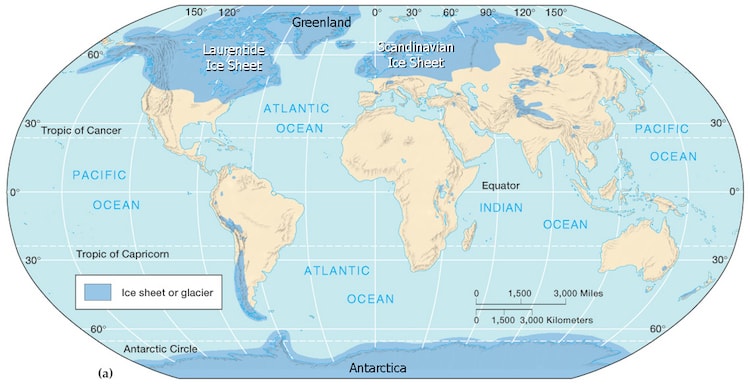
Life and Tools in the Ice Age
Ice Age tools were more variable than those used by people living in previous periods. People living in the Ice Age were still using stones as knives and scrapers.
On the other hand, bone and horn use increased in this period compared to previous periods. They discovered how to use the horn to make a strong handle for the stone blade and the ax head.
They had carved the bones in needle making, which was essential for sewing thick skins for leather and hides.
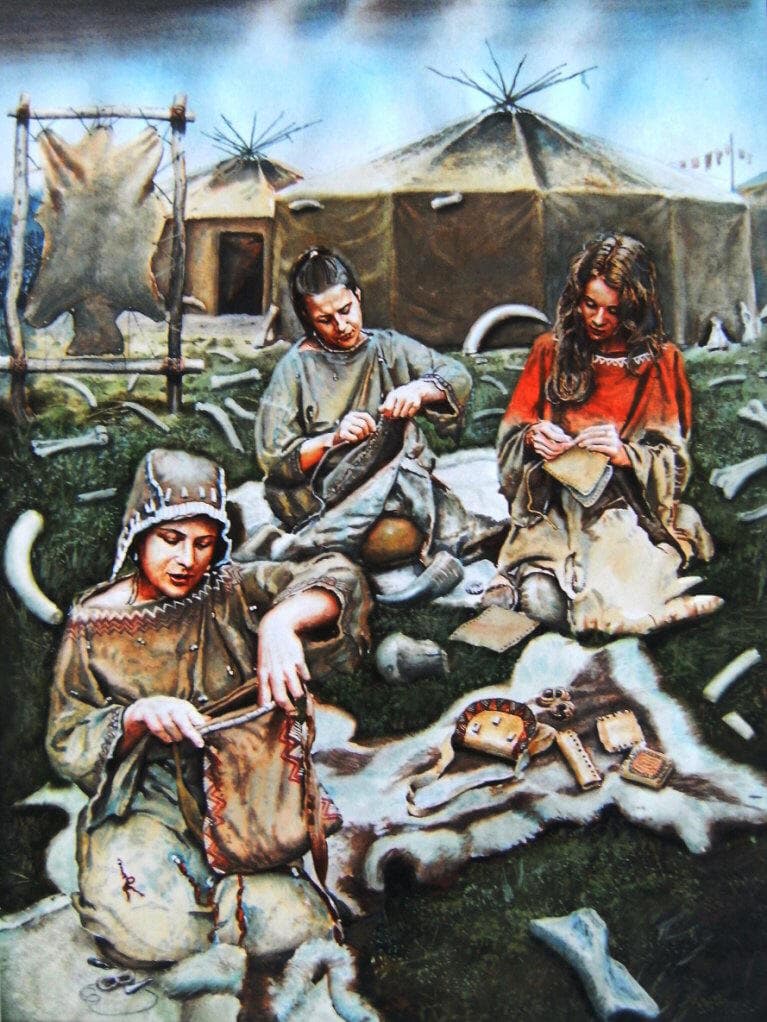
People were still hunting large udders such as downy mammoths. They also learned to track and hunt animals that live in flocks, such as reindeer.
This provided them with a rich source of hides, meats and horns. Ice Age people were the first merchants to exchange food and supplies as resources were scarce.
For example, lighter stones and furs were exchanged for food in times of famine. People traveled more; he met other groups and probably found new food sources.
Being in contact with other tribes was an aid to survival. There had to be a leader who would act as spokesperson when different groups met.
This was also the first time that personal decorations began to matter. A bone necklace or bright body paint could point to the leader of a group.
Ice Age World
The Ice Age has made life difficult in many places. Cold was not only uncomfortable, it meant that some plants could not survive.
It also meant that there were very few trees or no trees in many areas, that people did not have wood for shelter. These difficulties forced people to find new ways of life. They had to experiment with new foods (such as fish) and new materials (such as bones and horns).
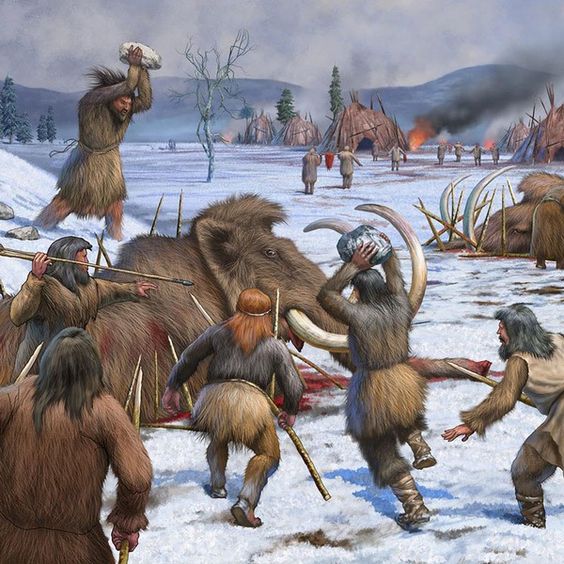
Mammoth Hunt
Woolly mammoths with large, raging, and two strong females had an awesome look for the Ice Age people. However, these dangerous creatures were such a good source of meat, skin, bones and teeth that people were risking injury or even dying to hunt him down.
Reindeer
There are many defensive tools, harpoons and carvings made from the horn. This indicates that reindeer-like animals were hunted throughout Europe during the Ice Age. In addition to reindeer skin, bone and horn, it provides delicious, nutritious meat.
Harpoon Tips
Ice Age hunters used harpoons to hunt animals such as seals and catch salmon in rivers. Carving the harpoon tips from the deer antler took a lot of time, but it was worth it.
Burning Fire
In cold and humid climates, fire became much more important as a source of heat. Creating sparks and burning fire by rubbing sticks together, spread throughout Europe during the Ice Age
Ice Age Art
Prehistoric cave paintings in Europe showed a wide variety of creatures. These include wild horses, reindeer and wild ox herds, wild cats, birds and mammoths.
The animals are shown in action, on the cave walls there are animals that run and run galloping while being chased by human hunters. These are dramatic action pictures, but produced in dark, damp humidity in cold caves.
Ice Age artists made sculptures and modeled clay figures. They made reliefs on the cave walls and carved animal models on horn and mammoth teeth.
Paintings and sculptures are often so deeply hidden in underground cavities, many of which have not been rediscovered until the 1900s.
Resimlerin neden bu şekilde saklandığı bilinmemektedir. Aslına bakılırsa, resimlerin neden yapıldığı hakkında gerçekte hiç bilgi yoktur.
Uzmanların çoğu resim yapılmasının muhtemelen bazı dinsel nedenleri olduğu konusunda hemfikirdir.
Bunlar avcılara yardımcı olması veya berekete katkıda bulunması için tasarlanmış büyü törenlerinde kullanılmış olabilir. Bazen aynı yerde, birbiri üzerine yapılmış, birkaç farklı taslak vardır.
Bu, bazı mağara resimlerini ve oymalarını görmeyi çok güç hale getirmektedir. Uzmanlar taslakları daha da belirginleştirmek amacıyla kendi defterlerine onları yeniden çizmek için çok zaman harcamaktadır.
Tarih öncesi sanatçı için imgeyi yapma eylemi, tamamlanmış bir imgeden çok daha önemli olmuştur. Belki de, resim veya oyma yapmanın gerçek süreci dinî törenin bir parçasıydı.
Ice Age painters used clay for white, coal for black, soil paint for yellow, and iron oxide for red. Artists sometimes used minerals that they could heat to make other colors.
Pigments were mixed with water and animal fur was applied to felts, animal hair brushes or only to the artist’s fingers. Another technique was to create a simple spraying effect by spitting the paint by mouth or through a straw.
The artists used oil to illuminate the cave and sometimes built untreated wooden frames to gain extra height when working.
Ice Age artists have produced surprisingly complex images for such a simple community with these simple techniques.
Cave Paintings – Lascaux
We do not know why Ice Age artists paint and sculpt; It is difficult to decide what the work means to them.
It shows how important animals and the natural world look to them.
Cave paintings reveal the kind of animals that these people eat and hunt, and also what creatures they think are the strongest.
These images and the small carvings of the period also give some clues about the Ice Age beliefs.
The prehistoric paintings in the cave, which is located in France and known as the Lascaux cave complex, contain perhaps the most magnificent of the cave paintings.
It was discovered in 1940, showing a large number of animals, including reindeer and horses.
These delicately drawn, brightly colored paintings began to be damaged in 1960 due to the negative impact of many visitors on the cave atmosphere, they can now visit a replica called Lascaux II.
Venus Statuette
The carvings of the female figures with wide hips and waist, were generally found in the Ice Age sites. Archaeologists called them the “Venus”, referring to the Roman goddess of love, because they thought they were the goddess of fertility.
Making Paint
The artists found their colors in the soil and rocks. They mixed soil and minerals in an environment such as water or animal oil and produced a spreadable paint. It could be drawn directly on the surface of the rock with a piece of coal (burnt wood) or limestone.
Lamba
Çok sayıda kaya resmi karanlık, yer altı oyuklarında gizlenmiştir. Sanatçılar ne yaptıklarını görmek için ışığa ihtiyaç duyuyorlardı; bu nedenle taş lambalar veya ateş, yanan meşaleler kullanmışlardır. Hayvan yağı, lambanın içinde yanarak parlak fakat kokulu bir alev veriyordu. Arkeologlar bir kaç yüz tane Buz Çağı lambası bulmuştur
References:
Encyclopedia of History – Development of human civilization from Prehistoric to contemporary world with over 1500 photos and drawings – Simon Adams, Philip Brooks, John Farndon, Will Fowler, Brian Ward

